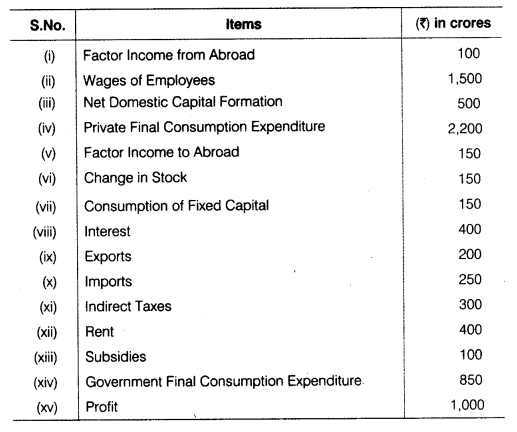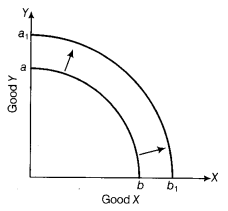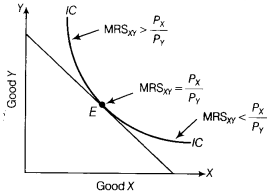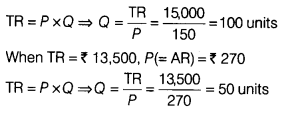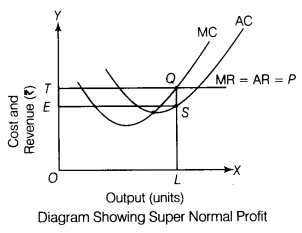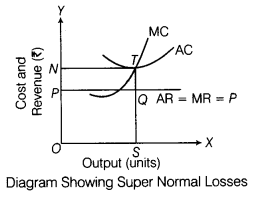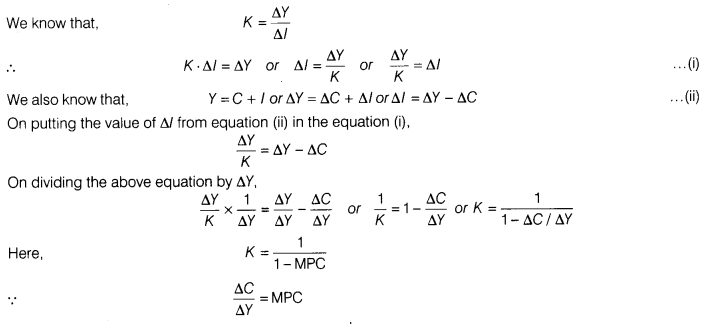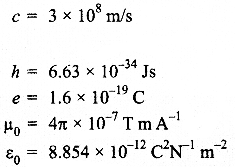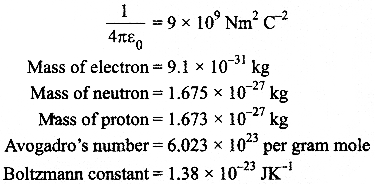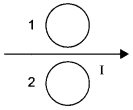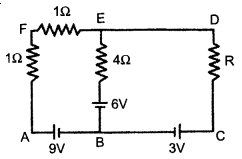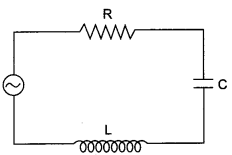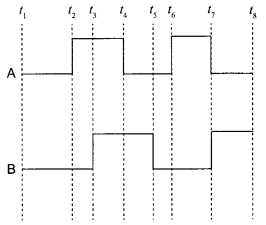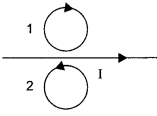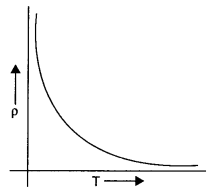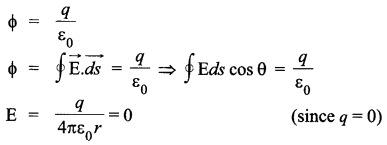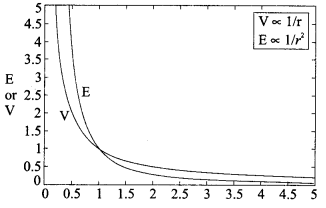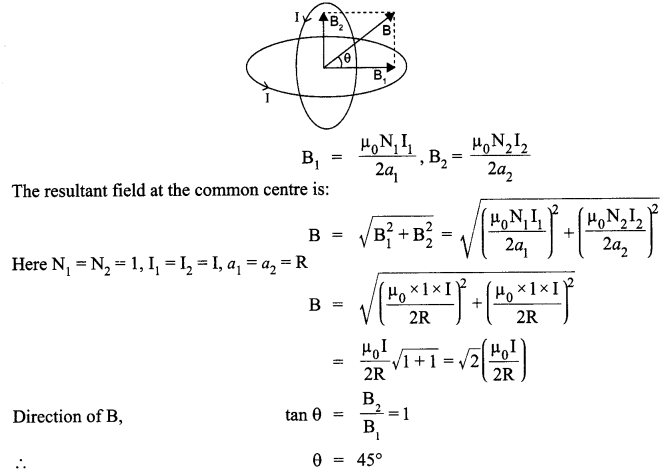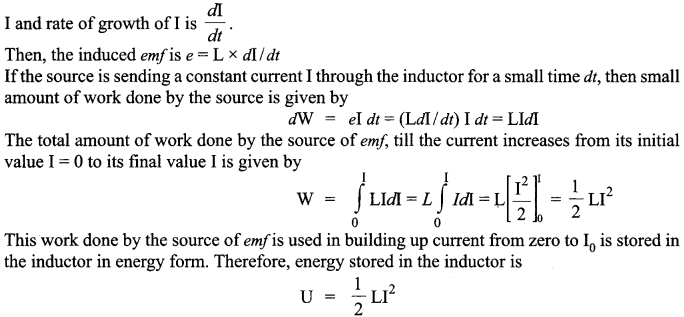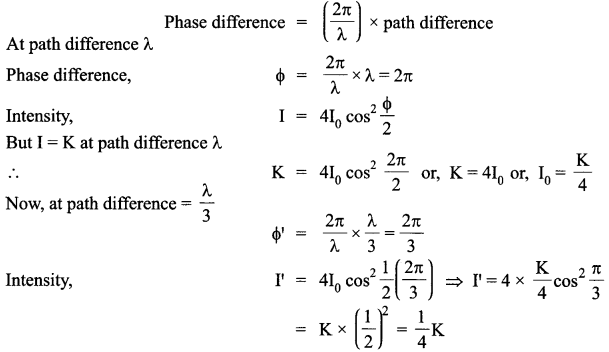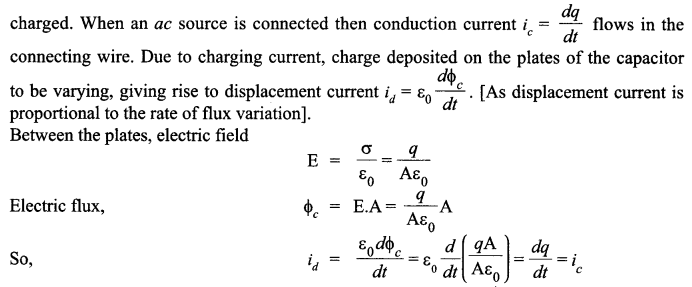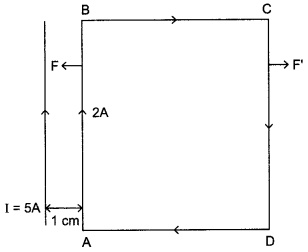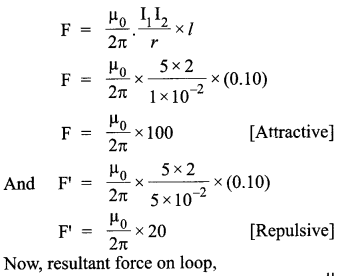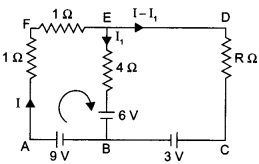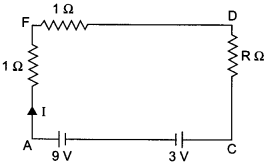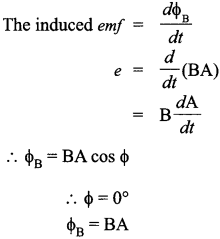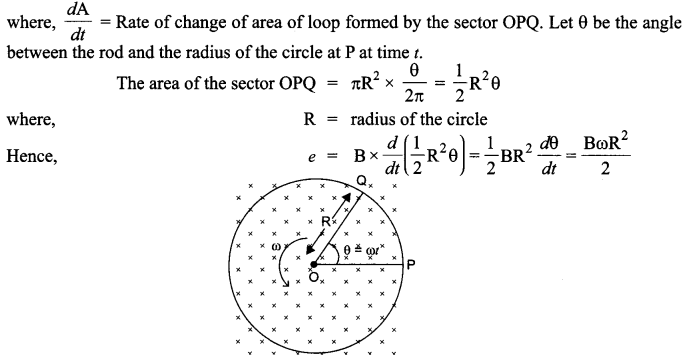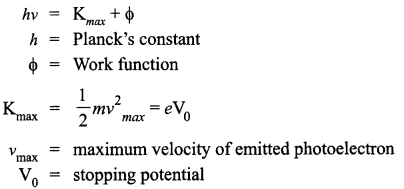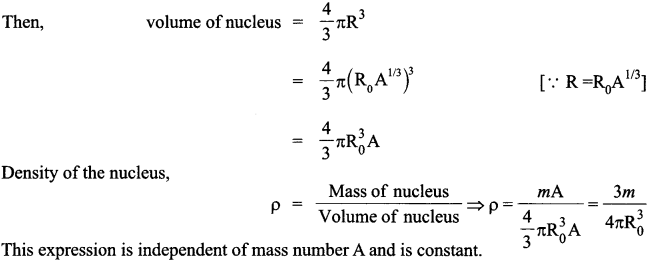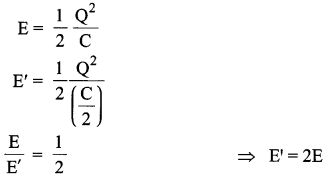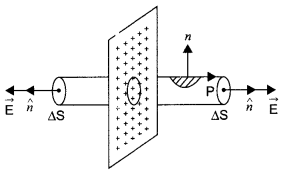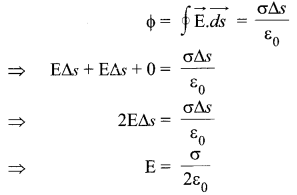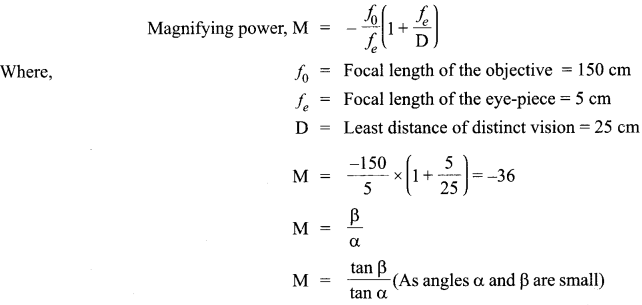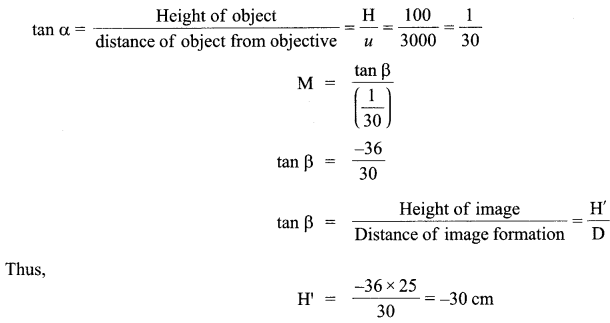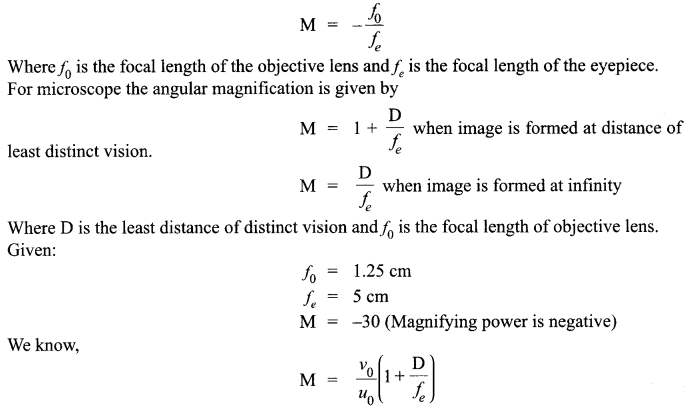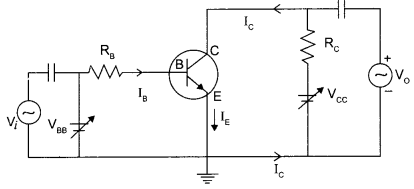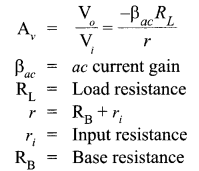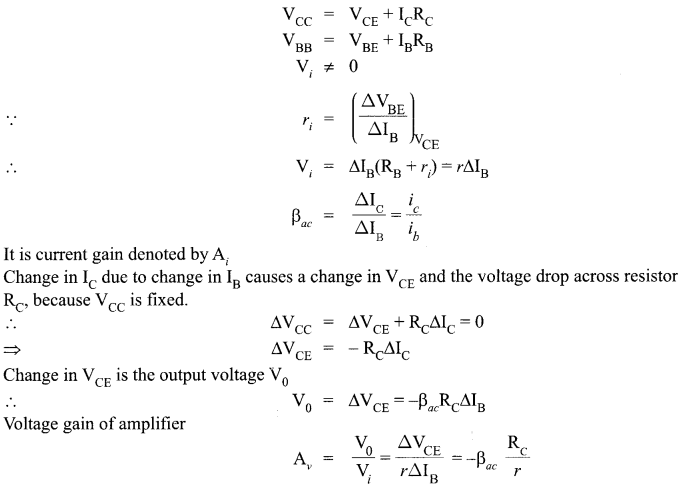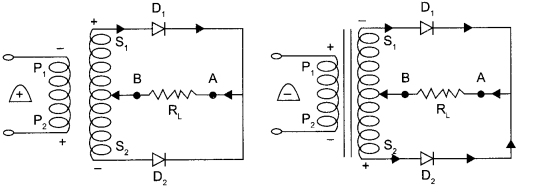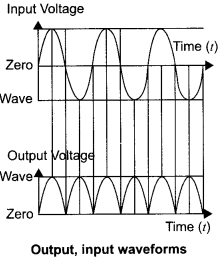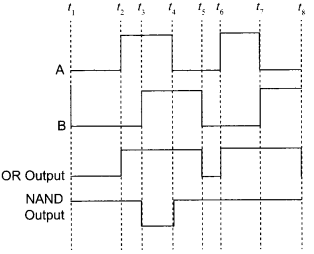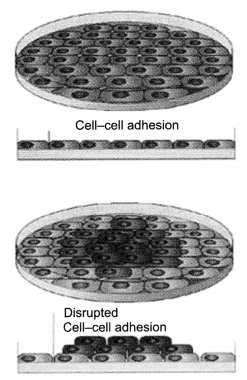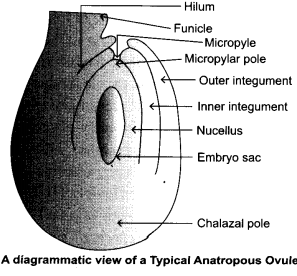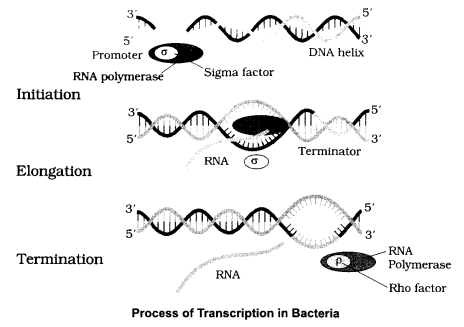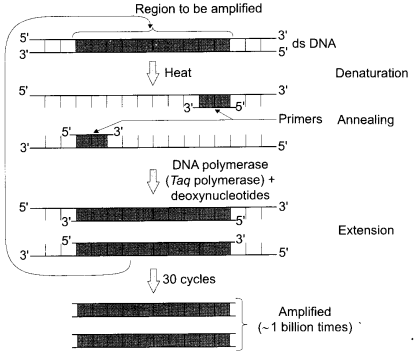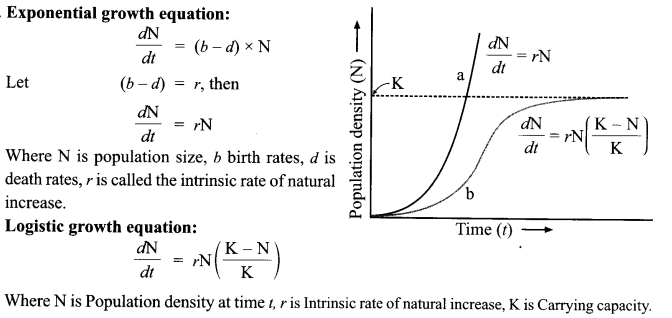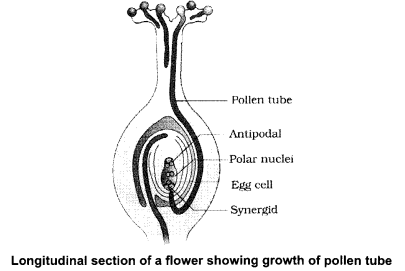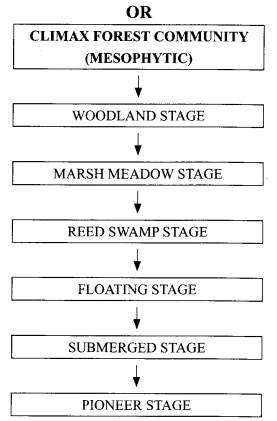These Sample papers are part of CBSE Sample Papers for Class 12 Accountancy. Here we have given CBSE Sample Papers for Class 12 Accountancy Paper 2
CBSE Sample Papers for Class 12 Accountancy Paper 2
| Board | CBSE |
| Class | XII |
| Subject | Accountancy |
| Sample Paper Set | Paper 2 |
| Category | CBSE Sample Papers |
Students who are going to appear for CBSE Class 12 Examinations are advised to practice the CBSE sample papers given here which is designed as per the latest Syllabus and marking scheme as prescribed by the CBSE is given here. Paper 2 of Solved CBSE Sample Papers for Class 12 Accountancy is given below with free PDF download solutions.
Time: 3 Hours
Maximum Marks: 80
General Instructions:
(i) Please check that this paper contains 23 questions.
(ii) The paper contains two parts A and B.
(iii) Part A is compulsory for all.
(iv) Part B has two options—Option-1 Analysis of Financial Statements and Option-II Computerized Accounting.
(v) Attempt only one option of Part B.
(vi) All parts of a question should be attempted at one place.
PART – A
Partnership Firms and Company Accounts
Question 1.
Name the accounts which are maintained for the partners’ when capitals of the partners are fixed.
Question 2.
What is meant by sacrificing ratio?
Question 3.
What is meant by paid up capital?
Question 4.
List any two items that need adjustment in the books of accounts of a firm at the time of admission of a partner.
Question 5.
What is meant by under subscription?
Question 6.
Identify situation, under which the court may order for dissolution of a partnership firm.
Question 7.
Mukesh and Ramesh are Partners sharing profits and losses in the ratio of 2:1 respectively. They admit Rakesh as Partner with 1/4th share is profits with guaranteed that his share of profit shall be at least Rs 55,000. The net profit of the firm for the year ending 31st March 2013 was Rs 1,60,000. Prepare profit and loss appropriation account
Question 8.
F. Ltd. issued Rs 7,00,000,12% debentures of Rs 100 each at a premium of 5% redeemable at a premium of 20%. Pass necessary Journal entries.
Question 9.
(a) K,L and Z are partners sharing profits in the ratio of 4 : 3 : 2 respectively.L retired and surrendered 1/9th of his share of profit to K and remaining in favour of Z. Calculate new profit sharing ratio of K and Z.
(b) Arun, Varun and Charan were partners sharing profits in the ratio of 1/2, 3/10 and 1/5 respectively. Varun retired from the firm and Arun and Charan decided to share future profits in 3:2 ratio. Calculate gaining ratio of Arun and Charan.
Question 10.
X Ltd. purchased a running business from G Ltd. for a sum of Rs 18,00,000 payable by issue of equity shares of Rs 100 each at a premium of Rs 20 per share. The assets and liabilities consisted of the following:
Plant Rs 3,50,000, Land Rs 6,00,000, stock Rs 4,50,000, and creditors Rs 1,00,000. Pass necessary Journal entries.
Question 11.
Hina and Neeraj were partners in a firm sharing profits in the ratio of 3 : 2. Their capitals were Rs 80,000 and Rs 50,000 respectively. They admitted Seema in the firm on 1st January, 2013 as a new partner for 1/5th share in the future profits. Seema brought Rs 60,000 as her capital. Calculate the value of Goodwill of the firm and record necessary journal entries on Seema’s admission.
Question 12.
B. Ltd was registered with an authorised capital of Rs 20,00,000 divided into equity shares of Rs 10 each. The company invited applications for the issue of 1,00,000 shares. Applications for 96,000 shares were received. All calls were made and were duly received except the final call of Rs 2 per share on 2,000 shares. All these shares were forfeited and later on re-issued at Rs 18,000 as fully paid.
(i) Show how share capital will appear in the balance sheet of B Ltd. as per schedule III of the companies Act 2013.
(ii) Also prepare notes to accounts for the same.
Question 13.
On 1-4-2013, NK Ltd. had 20,000,11% Debentures of Rs 100 each outstanding:
(i) On 1-4-2014, the company purchased in the open market 2,000 of its own debentures at Rs 102 each and cancelled the same immediately.
(ii) On 1-4-2015, the company redeemed at par debentures of Rs 8,00,000 by draw of a lot
(iii) On 28-2-2016, the remaining debentures were purchased for immediate cancellation for Rs 7,89,900.
Pass necessary joumal entries for the above transactions in the books of the company ignoring debenture redemption reserve and interest on debentures.
Question 14.
A, B and C were partners. They started business in one of the remote tribal areas of odisha. They were interested in the development of the tribal community by providing good education and health.
On 31st March, 2013 after making adjustments for profits and drawings, their capitals were A Rs 4,00,000, B Rs 3,00,000 and C Rs 2,00,000. The drawings of the partners were A Rs 4,000 per month, B Rs 3,000 per month and C Rs 2,000 per month. The profit of the firm for the year ended 31st march 2013 was Rs 6,00,000. Subsequently, it was found that the interest on capital @ 6% P.a due had been omitted. Showing your working notes clearly, pass necessary adjustment entry for the above. Also identify any two values highlighted in the above question.
Question 15.
Ram, Rahim and Robert were partners sharing profits in the ratio of 2 : 3 :1 respectively. The partnership deed provided that in case of death of a partner the deceased partner’s share of capital will be donated for the construction of a hospital in the tribal area. Due to ill health, robert died on 30th September, 2013. The balance sheet of Ram, Rahim and Robert on 31st March 2013 was as follows:

On the date of Robert’s death i.e. 30th September; 2013, the following was agreed upon:
(i) Goodwill is to be valued at two year’s purchase of average profit of last three completed years i.e. 2010-11 Rs 45,000,2011-12 Rs 90,000 and 2012-13 Rs 1,35,000.
(ii) Robert’s share of profit till the date of his death will be calculated on the basis of average profit of last three years.
(iii) Land was undervalued by Rs 25,000 and stock overvalued by Rs 8,000.
(iv) Provision for doubtful debts is to be made at 5% on debtors.
(v) Claim of workmen compensation estimated at Rs 5,000.
Prepare Robert’s capital account to be presented to his executor.
Also identify a value that Ram, Rahim and Robert wanted to communicate to the society.
Question 16.
W and R were partners in a firm sharing profits in the ratio of 3 : 2 respectively. On 31st march 2013, their balance sheet was as follows:

B was admitted as a new partner on the following conditions:
(i) B will get 4/15th share of profits.
(ii) B had to bring Rs 15,000 as his capital.
(iii) B would pay cash for his share of goodwill based on 21/2 years purchase of average profit of last 4 years.
(iv) The profits of the firm for the years ending 31st march 2010,2011,2012 and 2013 were Rs 10,000, Rs 7,000, Rs 8,500 and Rs 7,500 respectively.
(v) Stock was valued at Rs 10,000 and provision for doubtful debts was raised up to Rs 500.
(vi) Plant was revalued at Rs 20,000.
Prepare revaluation account, partners’ capital accounts and the balance sheet of he new firm.
OR
Kumar, Shyarii and Ratan were Partners in a firm sharing Profits in the ratio of 5 :3 : 2 respectively. They decided to dissolve the firm with effect from 1-4-2013. On that date, the balance sheet of the firm was as follows:

The dissolution resulted in the following:
(i) Plant of Rs 40,000 was taken over by Kumar at an agreed value of Rs 45,000 and remaining plant realised Rs 50,000.
(ii) Furniture realised Rs 40,000.
(iii) Motor van was taken over by Shyam for Rs 30,000.
(iv) Debtors realised Rs 1,000 less.
(v) Creditors for Rs 20,000 were untraceable and the remaining creditors were paid in full.
(vi) Realisation expenses amounted to Rs 5,000.
Prepare revaluation account, partners’ capital accounts and bank account of the firm.
Question 17.
Bhagwati Ltd. invited applications for issuing 2,00,000 equity shares of Rs 10 each. The amounts were payable as follows:
On application – Rs 3 per share
On allotment – Rs 5 per share
On first and final call – Rs 2 per share
Applications were received for 3,00,000 shares and pro-rata allotment was made to all the applicants. Money overpaid on application was adjusted towards allotment money. B, who was allotted 3,000 shares, failed to pay the first and final call money. His share were forfeited. Out of forfeited shares, 2,500 shares were reissued as full paid up @ Rs 8 per share. Pass necessary journal entries to record the above transactions.
OR
(a) A company forfeited 200 shares of Rs 20 each, Rs 15 per share called up on which Rs 10 per share had been paid. Directors reissued all the forfeited shares to B as Rs 15 per share paid up for a payment of Rs 10 each.
Give journal entries in the books of the company for forfeiture and reissue of shares.
(b) A Ltd. forfeited 100 equity shares of the face value of Rs 10 each, for the non payment of first call of Rs 2 per share. Rs 6 per share had already been called and paid. These shares were subsequently reissued as fully paid at the rate of Rs 7 per share.
Give journal entries in the books of the company for forfeiture and reissue of shares.
PART – B
“Financial Statement Analysis”
Question 18.
What is meant by cash flow statement?
Question 19.
Name any two tools of analysis of financial statements.
Question 20.
State under which major headings the following items will be presented in the balance sheet of a company as per schedule III of the companies Act 2013:
(i) Trade marks
(ii) Capital redemption reserve
(iii) Income received in advance
(iv) Stores and spares
(v) Office equipments
(vi) Current investments
Question 21.
From the following, calculate:
(a) Operating profit ratio
(b) Working capital turnover ratio
(i) Revenue from operations Rs 2,00,000
(ii) Gross profit Rs 75,000
(iii) Office expenses Rs 15,000
(iv) Selling expenses Rs 26,000
(v) interest on debentures Rs 5,000
(vi) Accidental losses Rs 12,000
(vii) Income from rent Rs 2,500
(viii) Commission received Rs 2,000
(ix) Current assets Rs 60,000
(x) Current liabilities Rs 10,000
Question 22.
On the basis of the following information extracted from the statement of profit and loss for the year ended 31st March, 2012 and 2013. Prepare a comparative statement of Profit and Loss:

Question 23.
Prepare a cash flow statement from the following balance sheet:


Additional information:
(i) An old machinery having book value of Rs 50,000 was sold for Rs 60,000.
(ii) Depreciation provided on machinery during the year was Rs 30,000.
Answer
Answer 1.
When capitals of the partners are fixed, two accounts viz. partner’s capital account and partner’s current account for each partner are maintained.
Answer 2.
The ratio in which the old partners have agreed to sacrifice their shares in the profit in favour of a new partner is called the sacrificing ratio
Answer 3.
Paid up capital is that part of called up capital which has actually been paid by the shareholders.
Answer 4.
At the time of admission of a partner, the two items that need adjustment are:
(i) Goodwill
(ii) Accumulated profits, reserve and losses.
Answer 5.
Shares are said to be under subscribed when the number of shares applied for by the public is less than the number Of shares offered by a company.
Answer 6.
On insolvency of all the partners, or all except one partner the court may order for dissolution of a partnership firm.
Answer 7.

Answer 8.
Journal of F Ltd.

Answer 9.
(a) Calculation of new ratio:


Answer 10.
In the books of X Ltd.

Answer 11.
I. Total capital of the new firm on the basis of Seema’s capital = 60,000 x 5 = 3,00,000.
II. Existing capital of the partners = 80,000 (Hina) + 50,000 (Neerja) + 60,000 (Seema) = 1,90,000.
III. Value of Goodwill of the firm = I – II = 3,00,000 -1,90,000 = 1,10,000
IV. Seema’s share in Goodwill = 1,10,000 x \(\frac { 1 }{ 5 }\) = 22,000

Answer 12.

Notes: Profit on reissue of shares i.e. Rs 18,000 – 4,000 = Rs 14,000
Capital Reserve has not been shown as only the share capital has been asked to be shown in the question.
Answer 13.
(i) Journal of NK Ltd.


Answer 14.
Working notes:

Values highlighted:
(i) Concern for development of tribal area.
(ii) Concern for the education, health and upliftment of tribal community.
Answer 15.


Answer 16.



Answer 17.
In the Books of Bhagwati Ltd.



Answer 18.
Cash flow statement refers to a statement that shows flows of cash and cash equivalents during a specified period of time.
Answer 19.
Tools of analysis of financial statements: (i) Ratio analysis, (ii) comparative statements.
Answer 20.

Answer 21.


Answer 22.

Answer 23.
Cash Flow Statement


We hope the CBSE Sample Papers for Class 12 Accountancy Paper 2 help you. If you have any query regarding CBSE Sample Papers for Class 12 Accountancy Paper 2, drop a comment below and we will get back to you at the earliest.



